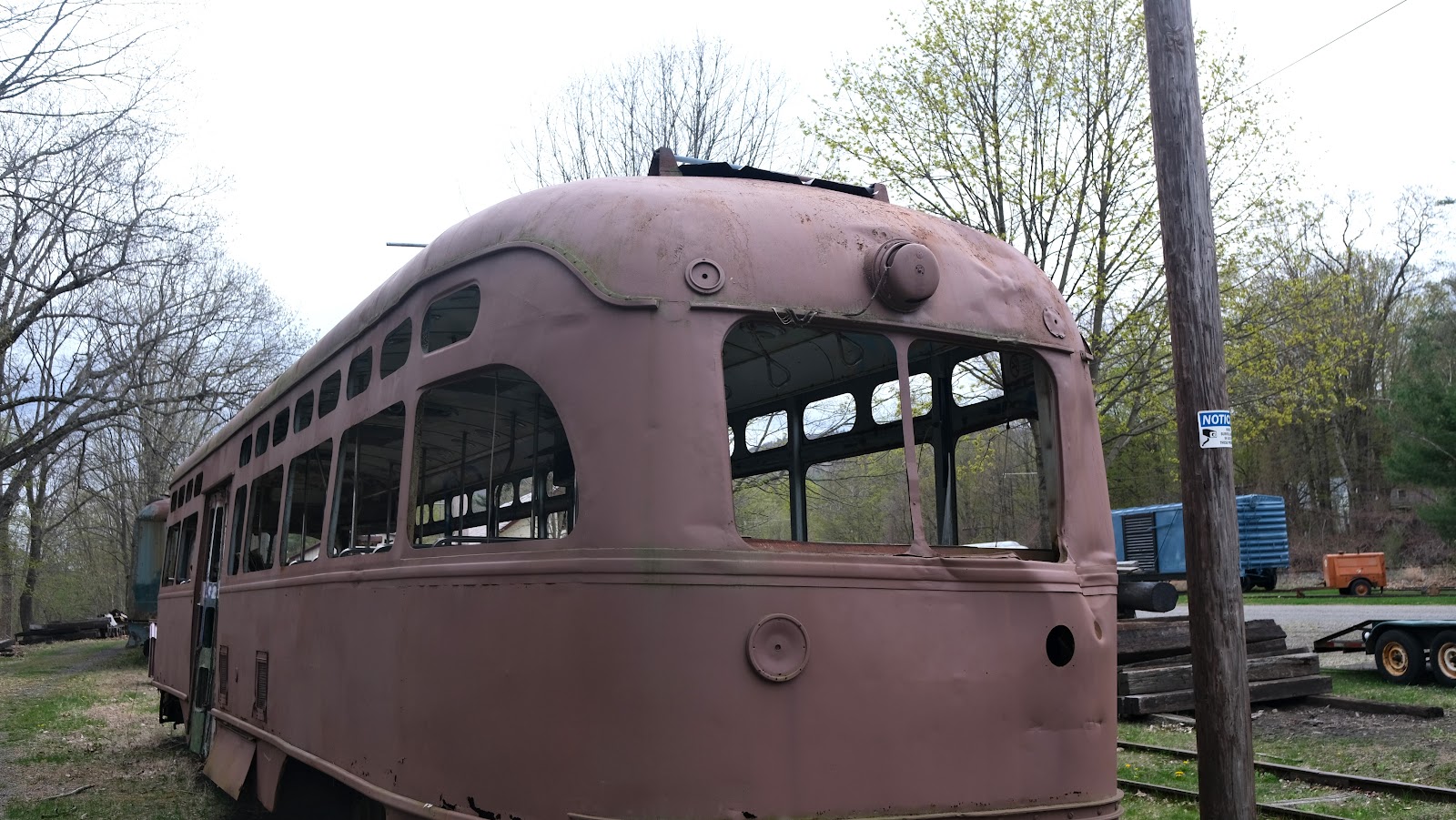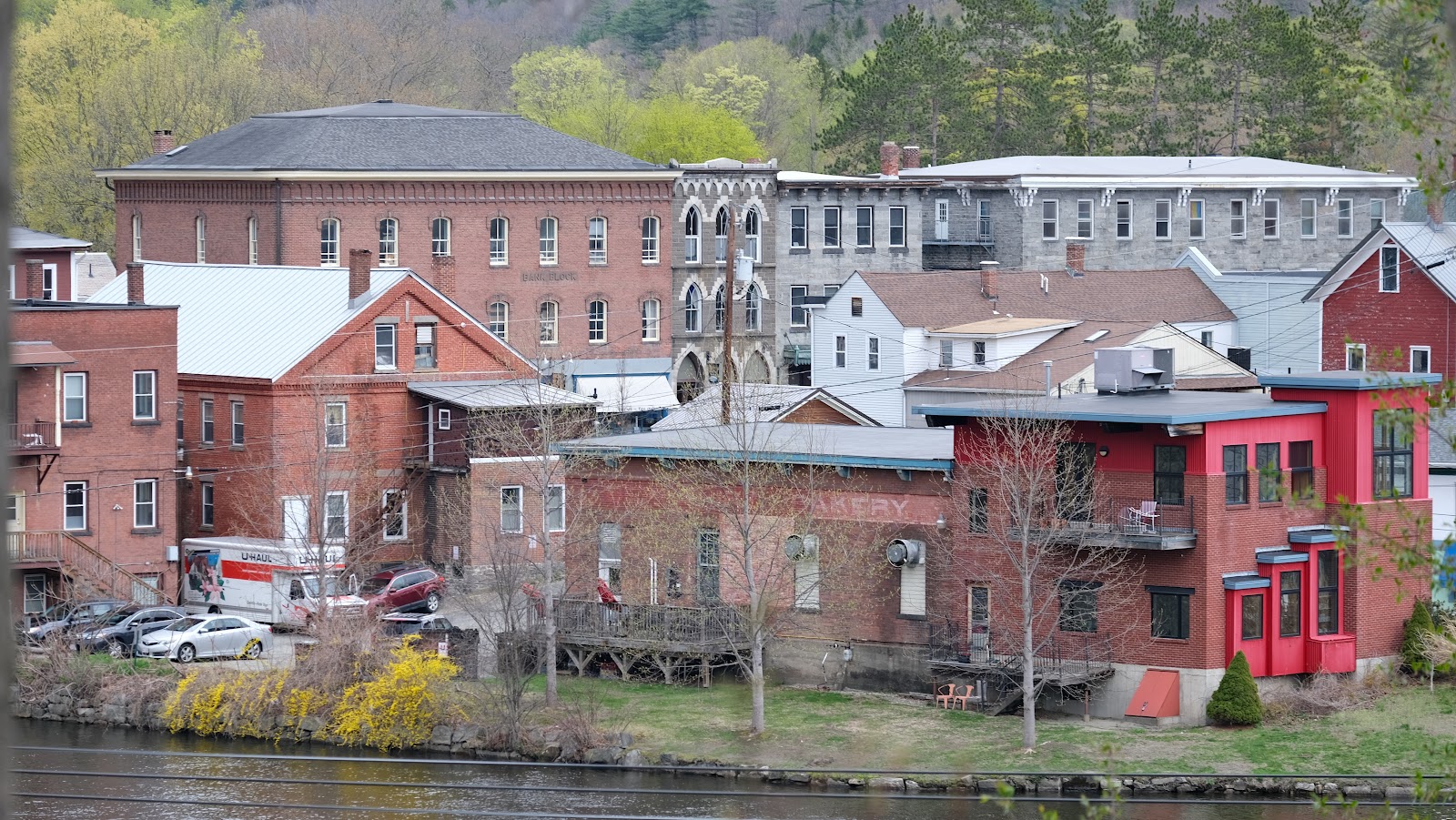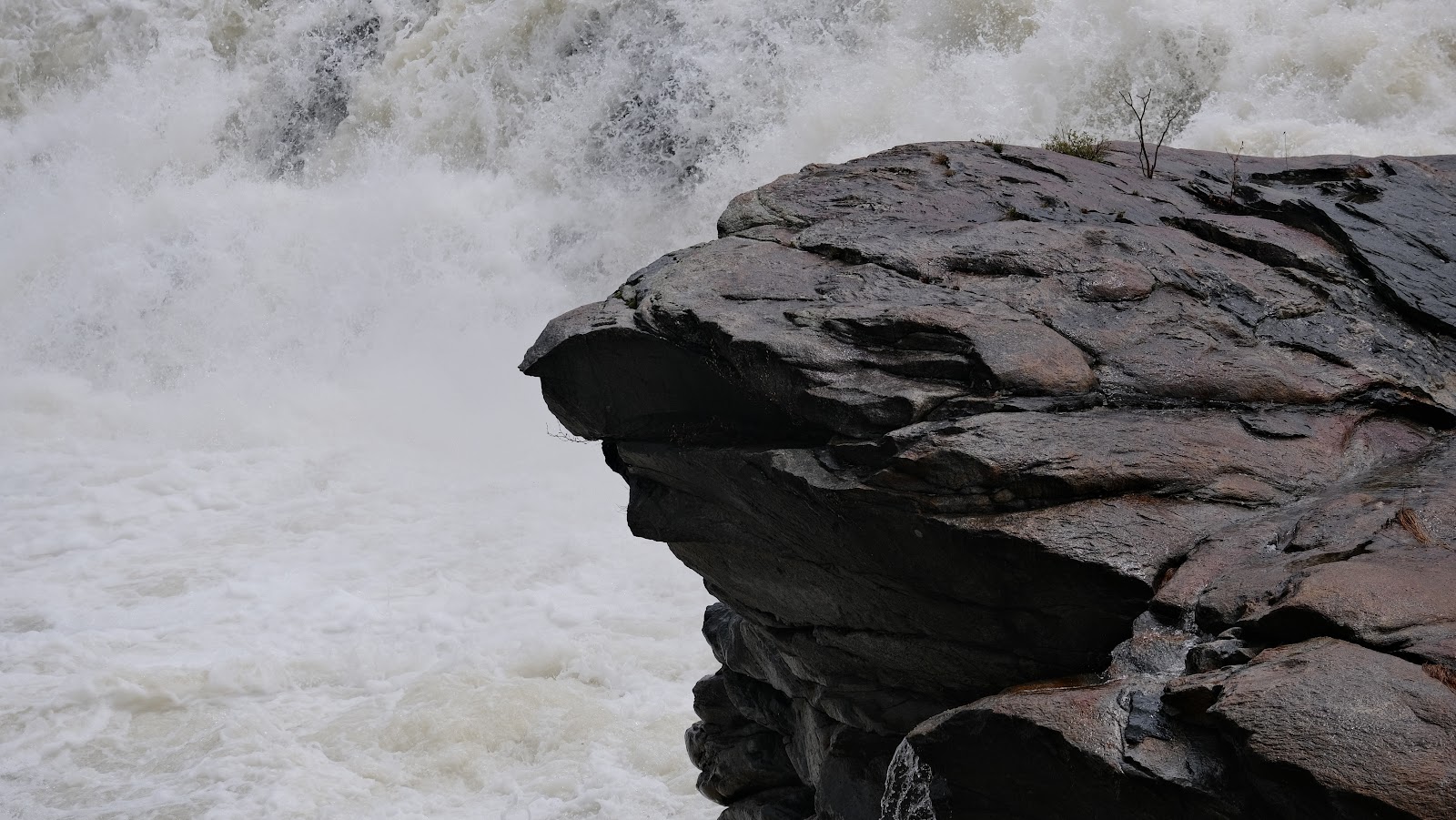 |
| Mary Bue |
Faithful readers will notice that my posts have been delayed lately. It’s called “being on a book deadline.” Here’s a music column as I didn’t get one written in April. That’s okay, though, as things usually get a little slower in the spring.
One of the better projects I heard was from Michael Rudd. His path has been a bit twisty. He became a teacher and has been in New Mexico, Massachusetts, New Jersey, and back to New Mexico, where he’s now a principal at Acoma Pueblo, an indigenous adobe settlement atop a dusty high mesa. At some point he began to hear songs and tunes in his sleep. His second solo album, Going to the Mountain contains some of the results from his trip to the liminal side of things. The title track is a Western song that bespeaks his twisting path to full humanity. It opens with the words I know where I’m going/’Cause I know where I’ve been but if that sounds pretty tranquil, hang on. It’s also about a guy always searching for something. It’s a very western song; note I didn’t qualify it as “country.” It’s big and open like his gravelly voice and is as honest as a lot “country” is overly processed. “Before the Demon Comes” is in the same vein. He rocks out on The Far Side.” The thing about dream songs is that they take you to unexpected places, so be prepared to travel.
Ron Pope has been around a bit too. He comes to us from Nashville via Georgia with a stop at NYU. He and his wife (Blair Clark) founded Brooklyn Basement Records and, if Pope’s name sounds familiar, he scored big time in 2007 with his platinum hit “A Drop in the Ocean.” He hasn’t slowed down a bit. Pope has released two dozen LPs and EPs, has toured, and he and Blair are raising a daughter. Depending on who is telling the story, his music is either Americana, country, or folk. Pope’s most recent LP is titled American Man, American Music, which is as good a label as any as he’s never quite what you anticipate. “Klonopin Zombies” suggests social commentary on drug abuse, but it’s actually a personal song about how he was not in a good place after his grandmother passed away just eight days after her husband died. As you can see from the live performance, he’s a hard-working musician who’s unafraid to delve into topics mystical, painful, or sublime. Re: the sublime, Pope gives us “In the Morning with the Coffee On,” a love song centered on joyful small things. In a duet with Taylor Bickett, “I’m Not the Devil” he reminds us that he’s a good guy. Yet he also sings about veering from the straight and narrow on “Mama Drove a Mustang” whose blancmange of rock, bluegrass, and country is atypical for someone with a voice as robust as his. Good stuff.
Grey DeLisle is a comedian, songwriter, and voice actress (Scooby-Doo! DC Comics, video games, etc.) As a singer she once did a tribute project to June Carter Cash, so it won’t surprise you to hear that her new project The Grey Album is a country album or, that as Los Angeles-based artist, she’s unabashed of having been married and divorced three times. DeLisle tells us rockabilly style, “I Can’t Be Kind.” She also sings “Hello, I’m Lonesome,” “Daddy Can You Fix a Broken Heart,” “The Last Last Time,” and “I’m a Wreck.” In other words, DeLisle is from the old-fashioned heartache tradition of country music. As you will also hear, her vocal styles are insouciant, saucy, and an independent spirit. Credit her with the verve and nerve that gives us the term moxie.
Mary Bue is another woman of many talents. She is a yoga devotee, has studied psychology, was hailed in 2020 as the best songwriter in Minneapolis, and has made her own Beatles-like pilgrimage to India. Her recent album The Wildness of Living and Dying is like a musical mind meld of her interests. It has themes of what she calls “world-sorrow” plus eco-awareness, expanded consciousness, and a potpourri of styles ranging from “piano poems” to electric instrumentation. The title track is heavy on dark keys and steady drumming, which make a fine contrast to her lovely voice. “Bedding Down with the Deer” has elements of Joni Mitchell in her younger, earthier days, though Bue takes full advantage of today’s mixing capabilities to backfill it with atmosphere. Be sure to check out “The Bones and the Marrow” video to capture Bue in a whirlwind of kinetic energy. She spends most of the video running and imploring us to stand tall amidst the tall pines within an electric arrangement spotted with sing-song mini raps. Mary Bue has (literal) down-to-earth values but she’s no head-in-the-sand blind optimist who is sure things will self-repair. This is her 9th album and watching the video helps me understand where all her energy comes from.
Mar Grimalt is a vibrant singer from Mallorca, one of Spain’s Balearic islands. Her album Espurnes I coralls translates “Sparks and Corals,” and that song alone shows us that when you have vocal talent to spare you can create magic with nothing more than a melody and a frame drum. Call her voice the spark and the malleted drum its hard coral contrast. She can also pick up a guitar and pick out “Cançò Final,” a cançò being a folk song in a style linked to 13th century troubadours. Grimalt sings as a woman sews in the background. Mar Grimlat won’t floor you with power or flashy technology. She has been quoted as saying that we often fail to appreciate what we have because it “weighs us down like tons and tons of concrete.” She should know; her family operates a concrete factory. She’s so retro that that “Reculls des versos” is again voice and frame drum and all the echoes and synth you hear were added in post-production.
Rob Weir





















